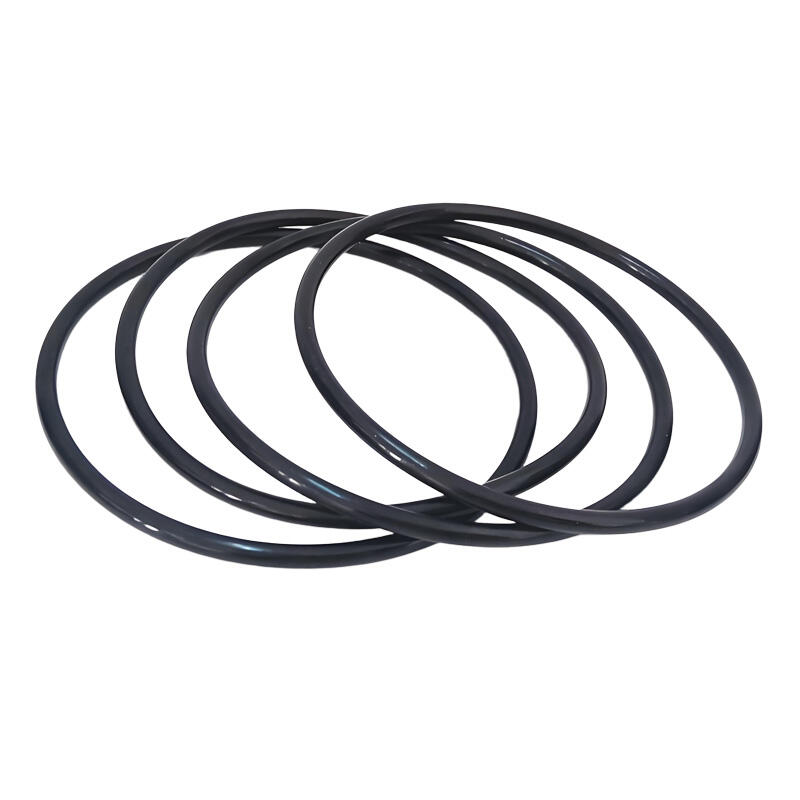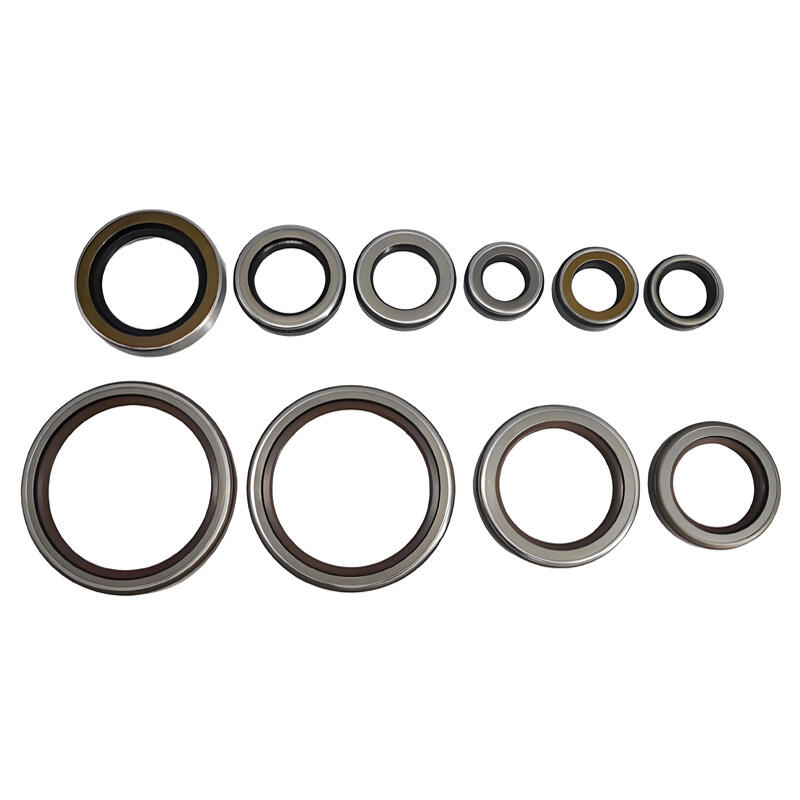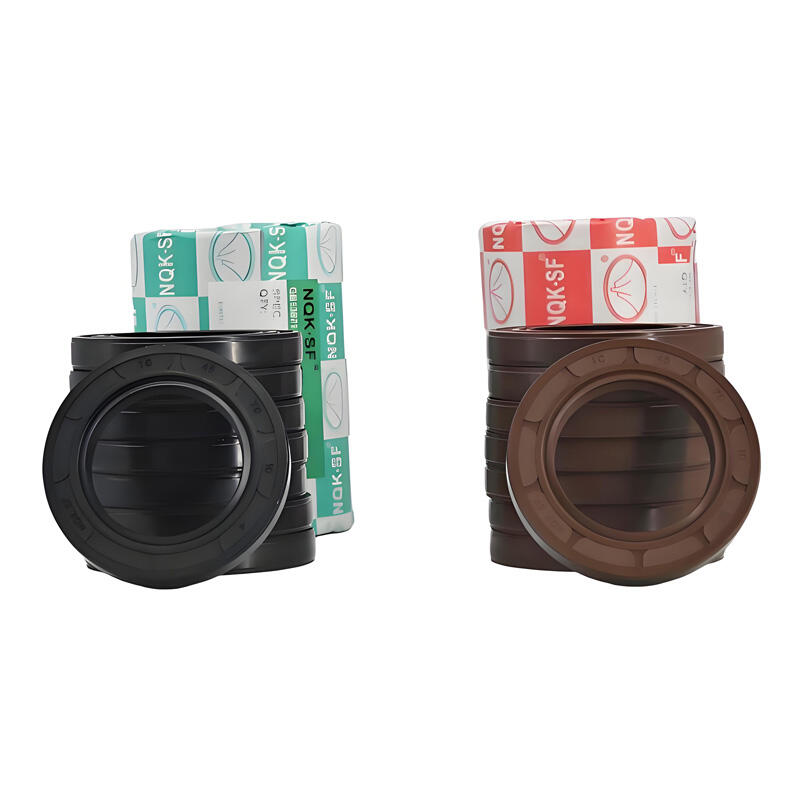coloured rubber o rings
Coloured rubber O rings represent a significant advancement in industrial sealing technology, offering both functional excellence and visual identification benefits. These precision engineered components are manufactured from high quality elastomeric materials and are specifically designed to provide reliable sealing solutions across various applications. The color coding system allows for instant identification of different material compositions, sizes, and applications, significantly reducing the possibility of incorrect installation or material selection. These O rings are available in a comprehensive range of industry standard sizes and can be custom manufactured to meet specific requirements. The coloring process is integrated during manufacturing, ensuring the color remains consistent throughout the entire component, not just surface deep. This feature maintains the rings identification properties even after wear or partial damage. They maintain their sealing integrity across a wide temperature range from -40°C to +200°C, depending on the base material selected. Their versatility extends to various industrial applications, including automotive, aerospace, chemical processing, and fluid power systems. The color coding system adheres to international standards, making these O rings globally recognizable and compliant with various industry specifications.


